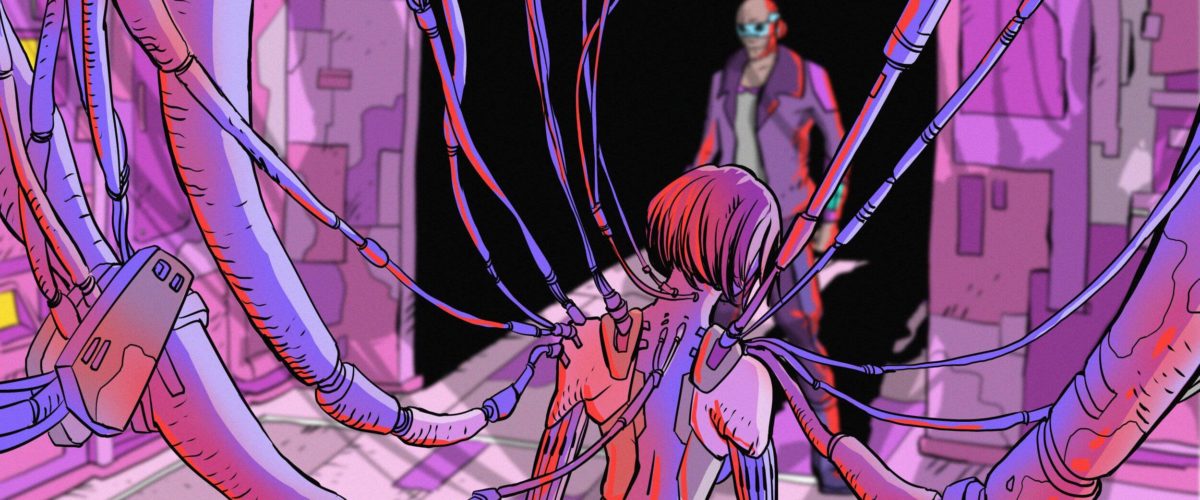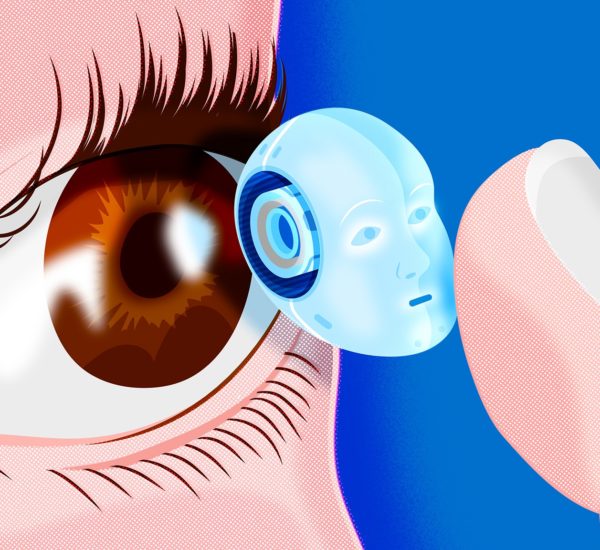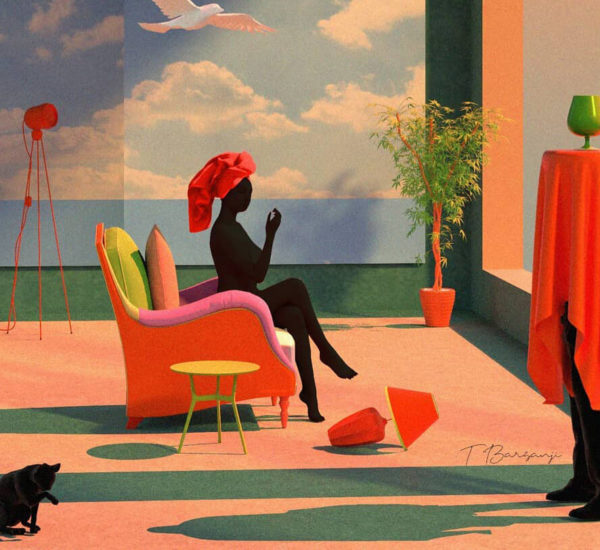The 80s comeback has been a thing for a while, and it has permeated all stances of culture: from TV series to movies, games, literature and music. The last years have thus showed to be the perfect time for pop and alternative culture to look back to the time when Miami Vice painted the world with its pink and blue neon lights, forming a generation that associated the idea of cool with action movies on the mainstream and the rise of gore and splatter films in the alternative scene.
It was also in the 80s that the horror b-movie studio Troma brought to the light the cult classic Toxic Avenger at the same time that the soundtracks signed by John Carpenter were adding the synthesizer as a must-have instrument in the score of horror movies such as the Halloween franchise. After the electro-boom caused by Kraftwerk in the 70s, the 80s were dominated by synthpop and post-punk artists such as Depeche Mode and New Order, who were bringing a more light-hearted view upon electronic music (compared to other subgenres such as industrial), although without losing its original dark style.
In 2015, however, we got the surprising 80s comeback with the release of the collectively funded film Kung Fury, which brought to life again the colorful, trashy aesthetics of the 80s after Hobo with a Shotgun started to pave this way back to the past in 2011. One year before, Maika Monroe was becoming the new scream queen in alternative, arthouse horror flicks such as It Follows and The Guest. In other words, it was the perfect time for retrowave to put more fuel to the contemporary, alternative electronic music scene with this nostalgic, yet futurist, view.
Together with artists such as Valenberg, retrowave bands like Perturbator and GosT brought pixel art back to the spotlight of video clips. That was the same precept followed by another retrowave project, Neoslave, who has recently associated with the Brazilian illustrator João de Souza Antunes Jr. (Antunesketch) for the creation of an animated video clip to debut their latest release, the album From Womb to Doom.
Heavily inspired by the gore and splatter films from the 80s, the album brings back the memories of its frontman, Leander ‘Lee’ Verheyen, who grew up watching action, sci-fi and horror movies from the 80s. “They kind of molded me into who I am now,” he mentions, laughing. “I’ve always had a love for the b-movie genre as well, and I think my latest album From Womb to Doom kind of embodies that. There’s a lot of horror-ish sounds in there and I just combined my love for heavy beats with those kind of sounds. Then, boom! The Neoslave sound was born!”.
The lore behind the album tells the story of a “bastard child of the apocalypse who grows to provide sexual experiences beyond the boundaries of pleasure and pain, and the ability to hand out death as a form of deep gratification.” And all these goals can be achieved by any means, being it black magic or technology. It is the track DigiSexDreams, with the vocals of Becca Starr, that Antunesketch has thus brought to life with an intense animation of a gynoid prostitute turned assassin.
Antunesketch tells that the aesthetic desired for the video was very clear since the beginning, when both artists met for the first time in 2017. The incredible match between Neoslave and Antunesketch’s aesthetics thus brought the cyberpunk, futuristic tone to the video. Although the illustrator has received a full, detailed script, he had all the freedom do adapt it to his own style and point of view. “We discussed ways to soften the language, make it less explicit so that the video could be displayed in all platforms without restrictions,” reveals Antunesketch.
According to Neoslave, DigiSexDreams is the least “aggressive” track on the album, and for being the most different, it also deserved a video. With the theme of cybersex, the song also brings a particular scenario and a vision for it. “The basic idea behind the video is that when you mess with something too much, it consumes you. That’s what happens in the vid. You’ll have to see it to know what I mean,” says NeoSlave.
The video tells the story of a man who searches for pleasure in the services of a female robot, although he might not know the consequences of it. Such situation brings to the surface the debate over the use of robots in the erotic market and the application of technology towards the benefit of pleasure.
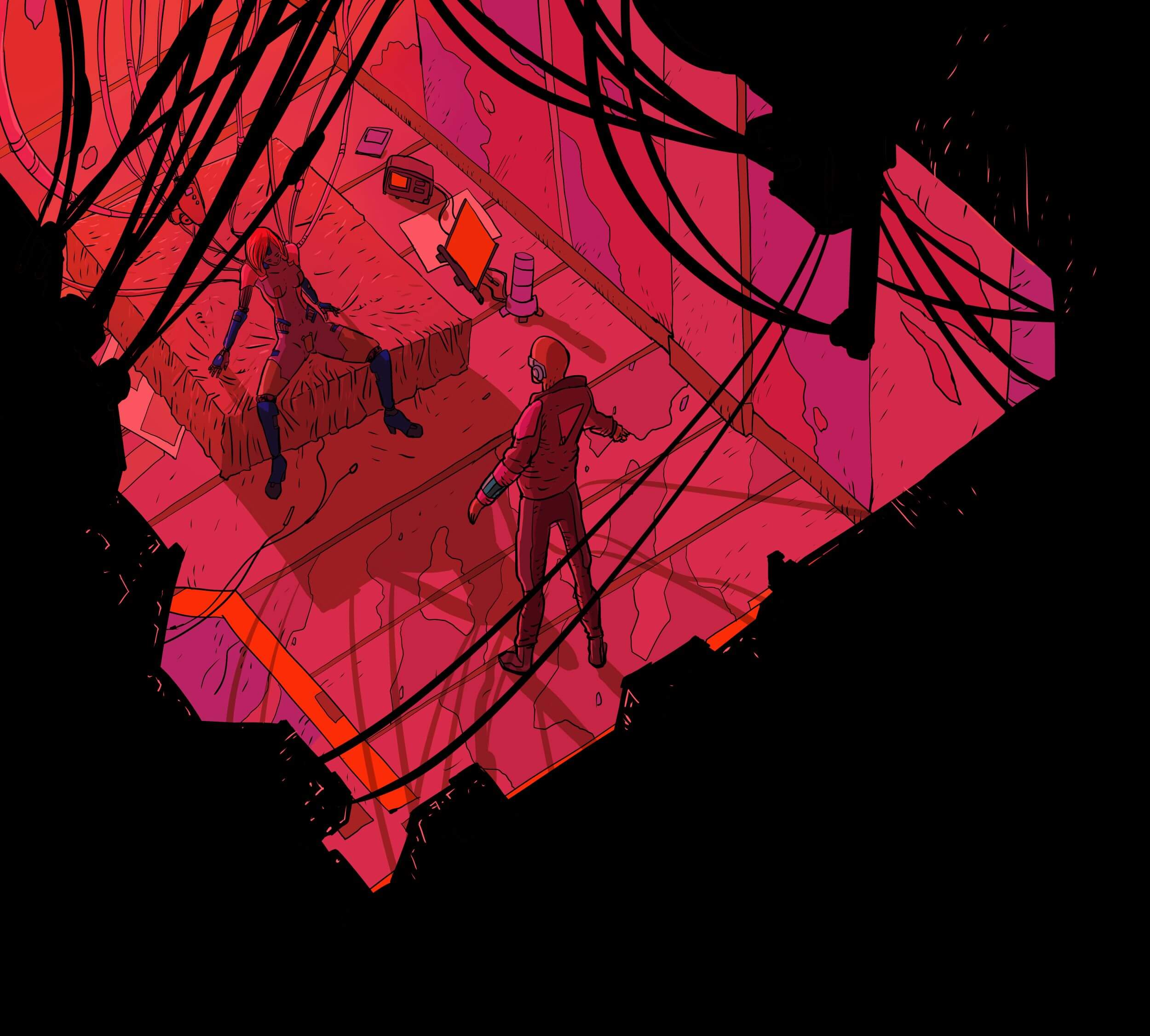
Credit: Antunesketch
Neoslave says he has absolutely no problem with it, except that the only downside would be the lack of real connection. “A robot is just a robot. Although AI isn’t science fiction anymore, the human aspect of making love could never be perceived by a robot,” argues the musician. “The movie Her is a really cool take on that. We can fall in love with anything, because that’s what makes us human. But it takes another sentient being to answer that.”
Antunesketch agrees with Neoslave’s view, adding that, besides sex robots, virtual reality experiences are also other relevant means to achieve pleasure in simulation. “However, no matter how advanced and real that experience may feel, the connection with AI will always be cold and inhuman,” he adds.
In this sense, the singer invited for the composition of the track DigiSexDreams, Becca Starr, shares her mind about Neoslave’s imagery by commenting about the way the female body and female characters are portrayed in these aesthetics, in which retrowave borrows so much from splatter b-movies and death metal lyrics and their cover arts.
I think the female form is beautiful. I may be biased for being a woman, but I am also an admirer of death metal. In death metal lyrics, some twisted words get screeched, I can see the beauty in the filth of it” – Becca Starr.
Becca knows that not everybody sees this same beauty in these imagery the way that she does, but when it comes to artwork, she thinks they are mostly impressive rather than offensive. “They are just drawings. Nobody gets harmed or exploited in a drawing,” she adds. In the case of sex robots, however, Becca sees that as something inevitable and that there is a big market both for female and male robots with sexual ends. “Considering the ‘connected’ and ‘social’ world we live in, people are lonelier than ever… and many are more self-conscious. As much as it’s extreme, you can kinda understand why some socially-inept people choose to have loving and sexual relationships with those creepy porn-star-looking life size dolls,” she says. “Artificial reality sex and sexbots ain’t that much of a stretch from reality in the grand scheme of weird human habits.”
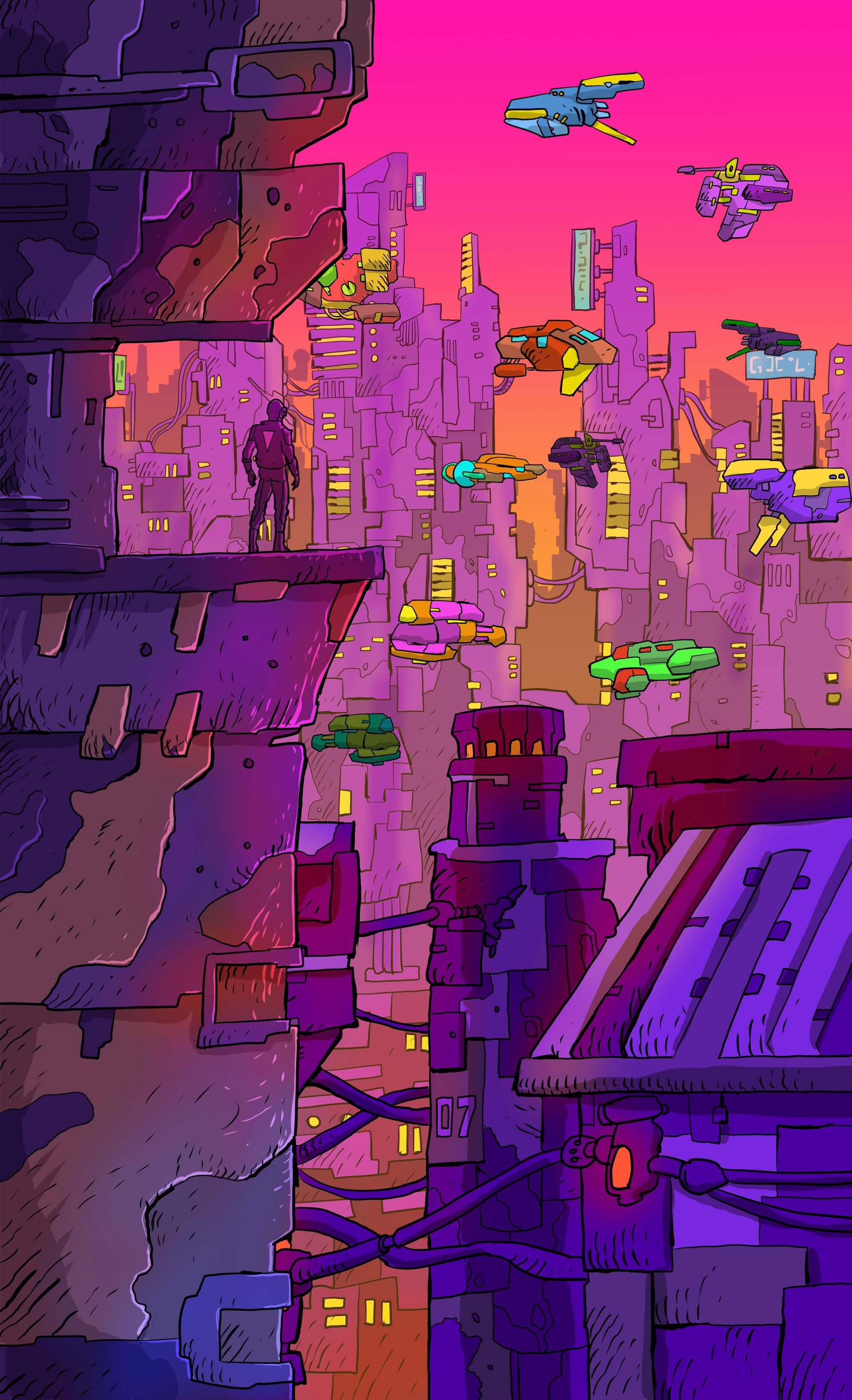
Credit: Antunesketch
Although Neoslave does not really address too much of technology in its creations, Verheyen still shows a lot of love for technology and the speed that it develops. “For me, it can’t go fast enough,” he says. For Antunesketch, who has been drawing cyborgs and futuristic dystopian cities for years, it is this relationship between technology and the future that drives him forward. “I like to think that we will come to a point in which the boundaries between humanity and technology will be really thin, as seen in the Black Mirror series,” he tells. “As an artist and because I was influenced by movies, books, and animations of the 80’s and 90’s, I visualize a connected, symbiotic and heavily electronic world. But in my world, it’s as if Steve Jobs had never existed.”
In other words, what this comeback of the 80s mean to science fiction and pop culture is what Antunesketch describes as a “retrofuture,” an alternative timeline in which wireless connections and simple design do not exist or even make sense. It is the rough, violent, filthy future imagined in the 80s that looks reasonable for these artists that envision the future with the lenses of the past. “Things work there, but they are heavy and loaded, with physical connections and dependent on complex power and cooling systems to work. And it was that vision that I put in the video.”
